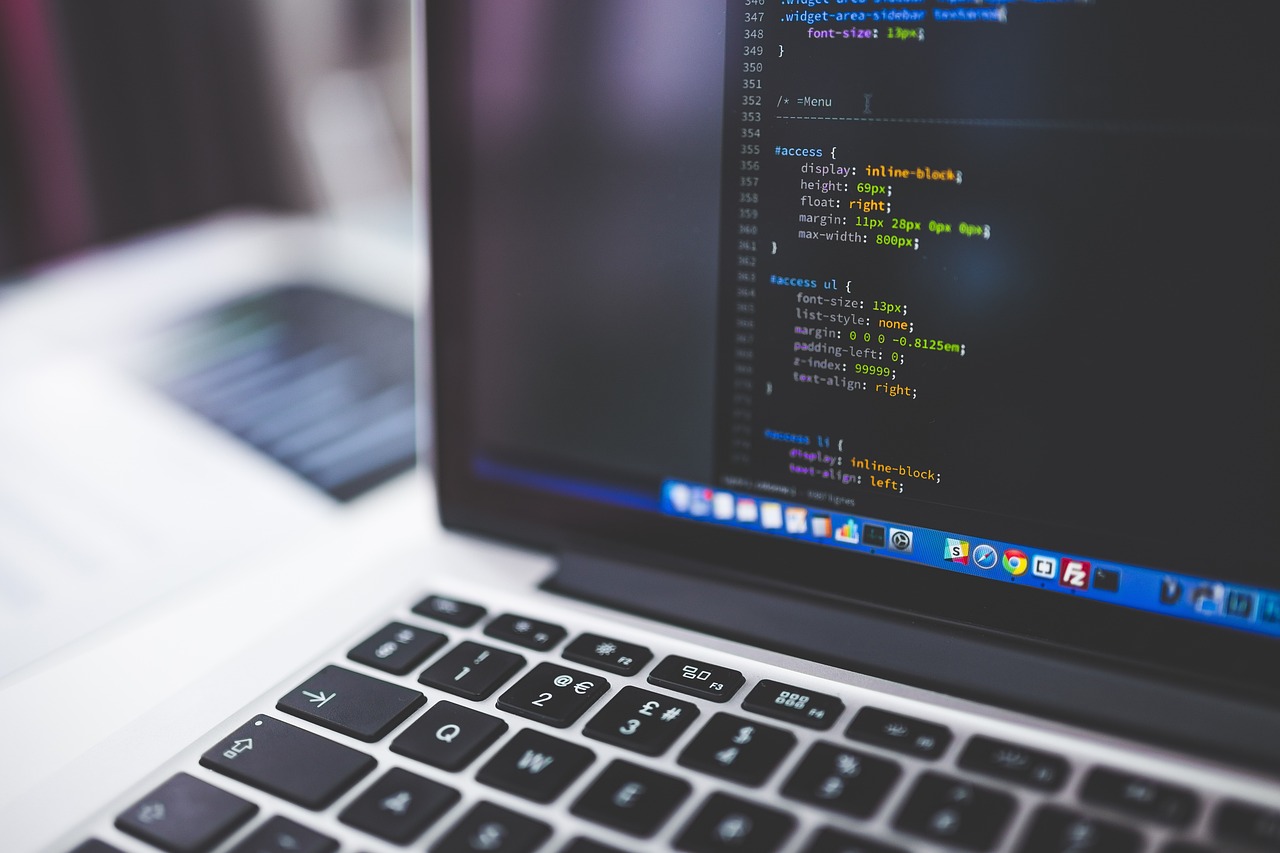Emmanuel Palle Art of Code – How Web & UX Design Fuel My Creativity

Software development is more than just writing code—it is an art form, a craft that blends logic with creativity. As a passionate software engineer, my true love lies in web and UX design. This domain allows me to channel my artistic, imaginative, and problem-solving skills into creating digital experiences that are both functional and aesthetically pleasing. Emmanuel Palle Every project I undertake is an opportunity to push boundaries, refine my skills, and create user-friendly, engaging designs that leave a lasting impact.
The Intersection of Art and Technology
Web and UX design sit at the crossroads of art and technology. On one side, the logical structure of coding provides a foundation for function, while on the other, design principles bring beauty, emotion, and engagement to digital products. Unlike traditional software development, which focuses solely on backend logic and performance, UX design emphasizes the user’s journey—how they interact with a website or application and the emotions those interactions evoke. Lode Emmanuel Palle the process of web design is akin to painting a canvas. Every element, from typography and color schemes to navigation and interactivity, contributes to an immersive user experience. The thrill of transforming a blank screen into an intuitive and visually stunning interface is what keeps me constantly learning and growing as a developer.Creativity in Problem-Solving
One of the most exciting aspects of UX design is the need for continuous problem-solving. Designing a website or an application is not just about making it look appealing—it has to work seamlessly and enhance the user’s journey. This requires a deep understanding of user psychology, accessibility, and responsive design principles. Creativity in UX design isn’t just about colors and shapes; it’s about how efficiently a user can achieve their goal. A cluttered interface, poor navigation, or slow load times can drive users away. To me, every challenge is a puzzle, and finding the most elegant solution is an artistic process in itself. Balancing aesthetics with functionality is an art that demands both analytical and creative thinking.My Design Philosophy
Over the years, I have developed a design philosophy that emphasizes minimalism, user-centered design, and innovation. I believe that the best designs are those that go unnoticed because they feel so natural to the user. If a user can navigate a website effortlessly without thinking too much about it, then the design has succeeded. I also embrace the power of storytelling in UX design. A well-crafted user experience should tell a story—guiding the user through an interface with clear visual cues, intuitive interactions, and a sense of flow. This approach keeps users engaged and makes their interactions more memorable and enjoyable.The Evolution of Web Design and UX
The field of web and UX design is constantly evolving. From static websites to dynamic, interactive applications, the landscape has shifted dramatically. Modern UX design incorporates motion graphics, AI-driven personalization, and micro-interactions that enhance the user experience. Staying ahead in this fast-paced industry requires continuous learning and adaptation. I find inspiration in emerging trends, from minimalist designs with immersive visuals to dark mode interfaces that enhance readability and reduce eye strain. One of my favorite aspects of UX design is experimenting with new technologies, such as augmented reality (AR) and voice interfaces, which redefine how users interact with digital platforms.Tools and Techniques That Enhance My Creativity
As a UX and web designer, I rely on a variety of tools to bring my visions to life. Some of my go-to tools include:- Figma and Adobe XD – For wireframing, prototyping, and UI design.
- HTML, CSS, and JavaScript – The building blocks of responsive and interactive websites.
- React.js – My favorite framework for developing dynamic web applications.
- User Testing Platforms – To gain insights into real user behaviors and refine designs based on feedback.
- AI and Automation – Leveraging AI-powered tools to enhance UX personalization and efficiency.

Leave a comment